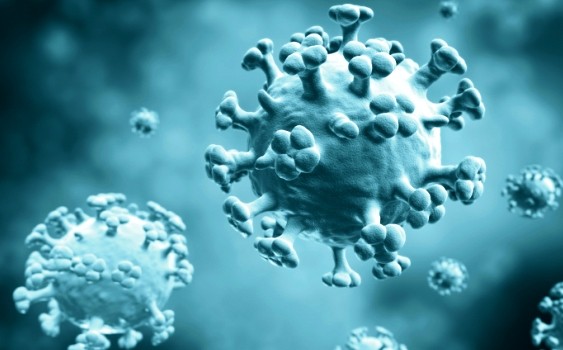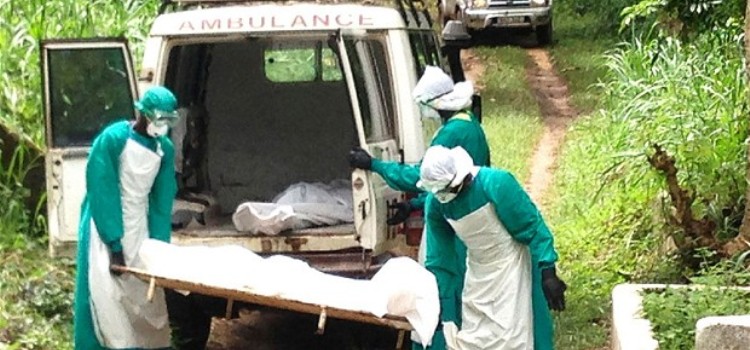When a cell is infected with a virus several effects may be seen. Many viruses cause no harm or disease whatsoever. However, some viruses may attack certain cells and multiply within them.
Once mature the daughter viruses break the cell and spread elsewhere. This is called a lytic infection. Eventually, if host immunity operates effectively, the virus-infected cell may be killed by the host, leading to interruption of the virus cycle and cure of the infection. However, this is not true for all viral infections.
The viruses may persist in the cell without damaging it and make the cell a carrier. The patient may appear to be cured but the infection persists and can spread to others. In addition, the infection may reappear later after this period of lull or latency.
Spread of Viruses
Viruses cannot exist on their own and for survival they need to spread to another host. This is because the original host may either die or eliminate the infection. Some important routes of viral transfer include:
In addition, in order to spread the viruses also need to withstand the immune system. A special category of viruses is those that cause disease only when the immune system is de?cient in some way; these are called opportunists, and opportunistic infection is one of the main problems in patients with, for example, AIDS.
Where Do Viruses Reside?
There are several viruses that have an animal or plant reservoir from where they affect humans. Some of the common reservoirs of viruses include;
Host Defence to Viral Infections
The body’s first line of defence against viruses is the innate immune system. This is made up of cells and other mechanisms that defend the host from infection. This provides a temporary protection against the viral onslaught.
Once within the adaptive immunity faces the virus and remembers it. This is a more permanent form of immunity that may last a life time against the particular strain of virus. Specific antibodies are produced against the virus. This is called humoral immunity.
Two types of antibodies are important. The first called IgM is highly effective at neutralizing viruses but is only produced by the cells of the immune system for a few weeks. The one that lasts a life time is the IgG antibodies.
The second line of defence is called cell-mediated immunity and involves immune cells known as T cells. T cell recognises a suspicious viral fragment there and the killer T cells destroy the virus.
Virus Spread Control
Viral diseases can be prevented from spreading by vaccinations and the most successful of these is the small pox vaccine that has completely eradicated the disease in 1980. It is hoped that several other viruses, such as polio and measles, will follow.
Epidemics and Pandemics of Viral Infections
Spread or outbreak of a viral infection in a community is termed an epidemic. A pandemic occurs when there is a worldwide epidemic.
The 1918 flu pandemic, commonly referred to as the Spanish flu was such a pandemic. It was caused by an unusually severe and deadly influenza A virus. The victims were often healthy young adults in contrast from weakened and elderly who are usual victims. It killed around 100 million people or at least 5% of the world’s population in 1918.
HIV is now considered a pandemic with an estimated 38.6 million people now living with the disease worldwide.
Viruses and Cancer
Some viruses may incorporate their DNA (or DNA copied from viral RNA) into host DNA, with effects on the control of cell growth. This may sometimes lead to transformation, in other words a tumour.
However, integration does not always lead to transformation and is not mandatory for transformation. The association of viruses with tumours in animals was ?rst suspected 90 years ago but only in the 1960s was a virus (EBV) shown convincingly to be associated with a human tumour (Burkitt’s lymphoma).
Now the role of oncogenes that are activated for causing cancer is being better understood to know why all viruses and all infections do not cause cancer in all individuals.
Treatment of Viral Infections
Several antiviral drugs that are used to treat viral infections have been developed over the past two decades. Many of these are focussed against HIV. These do not cure HIV infection but stop the virus from multiplying and prevent the progress of the disease. Another notable antiviral drug is Ribavarin against hepatitis C.
Viruses in general are notoriously difficult drug targets as they modify and adapt themselves rapidly to build up a resistance against the drug. Case in point is Oseltamivir (trade name – Tamiflu) used in influenza.








